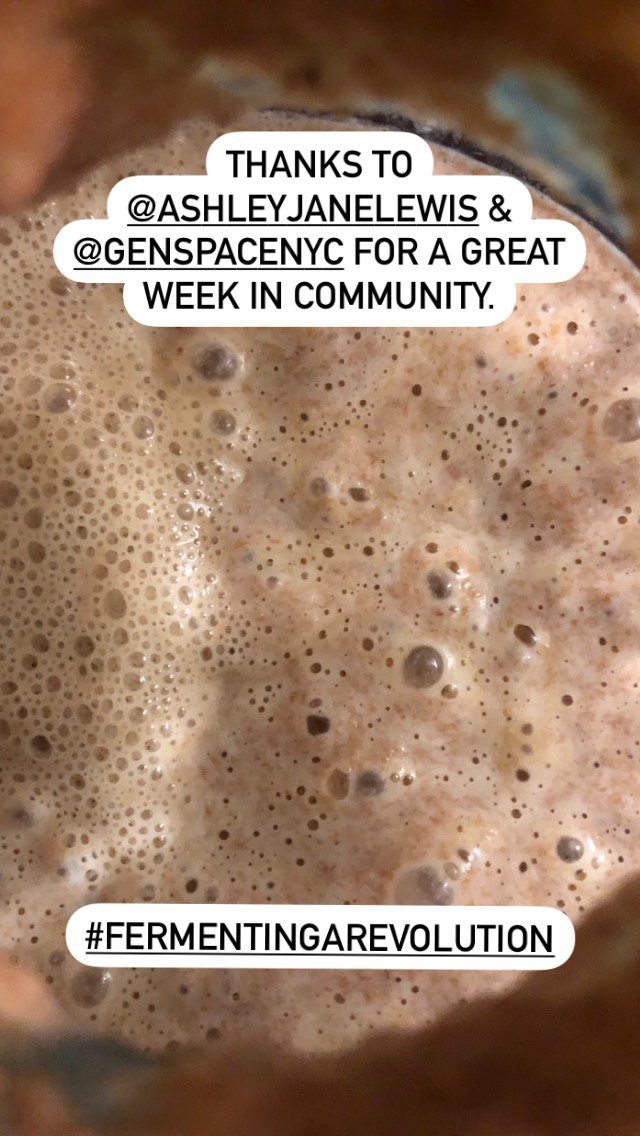Yesterday I made this list about what a willow can teach us.
1. A willow’s branches bend in the wind.
2. It is firmly rooted & not blown off course.
3. It sometimes looks different depending on the weather & season.
4. The branches & leaves may toss about, but they will only move within its boundaries.
5. It never stops being a willow.
“Life is a willow and it bent right to your wind.”
may have been Taylor Swift writing about a lover, but the winds buffeting me are the winds of motherhood. Sick baby, teething, potty training… there’s always something new and unexpected.
I started building this metaphor in my latest podcast episode (about intentional inconsistency) and have been thinking about it ever since.
If I apply the willow’s lessons to my own creative ecosystem it looks like this.
1. Expect the wind and adjust my expectations.
This, in a way, makes the wind part of the plan. The same as the interruption knots became part of my motherhood weaving. Knowing the wind will come eventually will help me prepare for it.
2. Being firmly rooted & protecting those things that support my needs.
Identifying my needs and advocating for myself is essential, not secondary.
3. Accepting things will sometimes look different and practicing intentional inconsistency.
I don’t expect myself to adhere to rigid structures and deadlines right now. I flow between projects according to what I have the time and capacity for. My inner Renaissance Woman is loving it.
4. Set boundaries around your personal limits and capacity.
If we ignore our needs there are consequences. The willow is flexible, but it does not roll up into a ball of goo and bounce across the field. It stands rooted. It bends where it can, in the ways it was meant to.
5. Don’t try to force yourself to be something or someone else.
Personal growth narratives are often toxic for neurodivergent folk (like myself.) We can’t just “step out of our comfort zone” or remove coping strategies without extreme repercussions.
Finding combinations of flexibility and structure (like the willow) seems to be a good approach for navigating motherhood with my autistic neurotype.
We don’t always need to be a willow. There are also lessons to be learned from a sturdy oak, a flowering cherry blossom, or a sunset maple.
This is just the tree I’m learning from right now.
What tree do you feel drawn to?
P.S. These are just my musings, but I’d love to hear from you if you make your own! 🌿












































